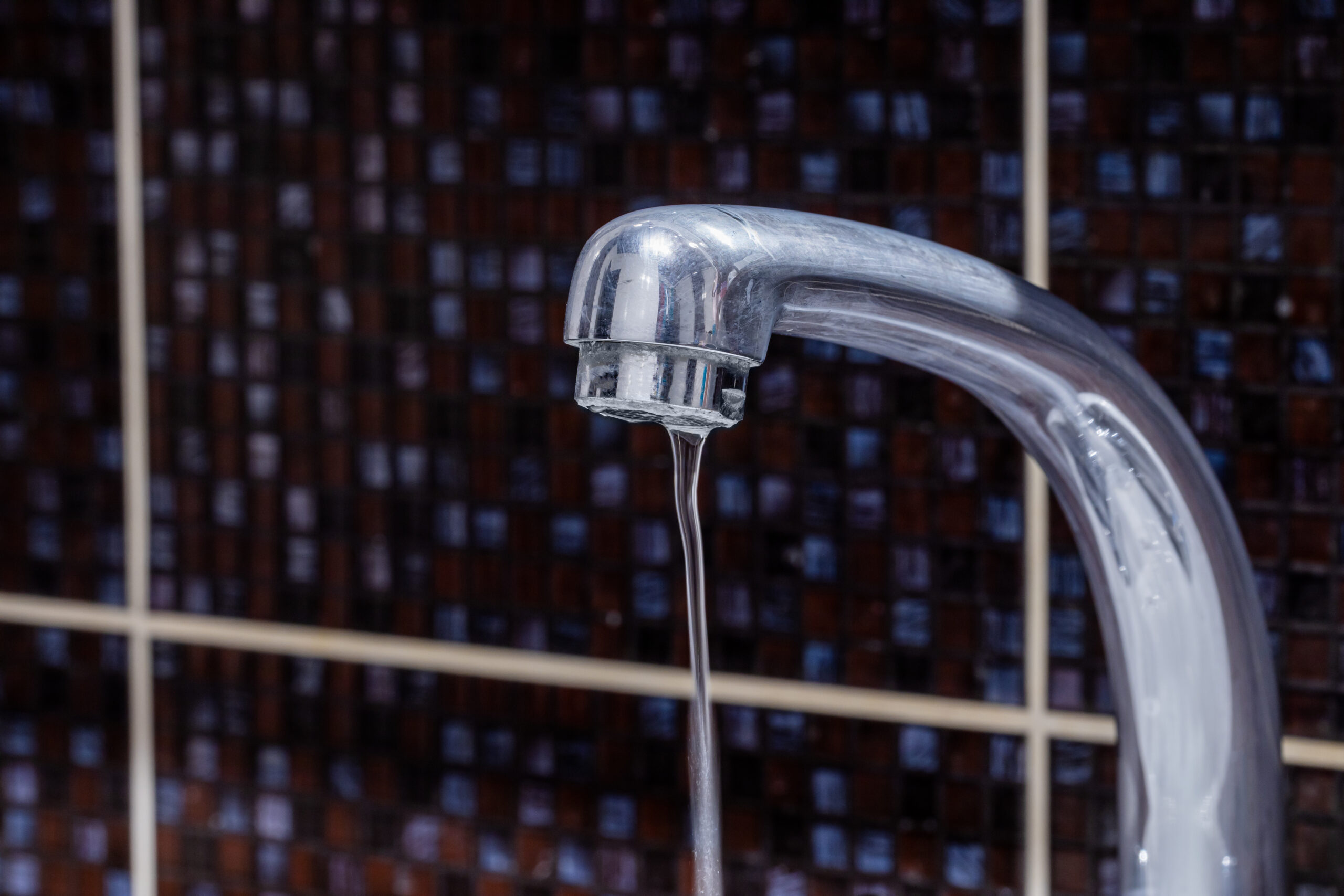Nothing is more frustrating than turning on a faucet or shower only to get a weak trickle instead of a steady stream. If you have low water pressure, it could be due to a variety of factors, from simple fixes to more serious plumbing issues. Below are seven common reasons why your water pressure might be lower than normal—and what you can do about it.
1. Clogged Pipes
Over time, mineral deposits, rust, and debris can accumulate inside your pipes, reducing the flow of water. If only certain fixtures have low water pressure, the issue might be isolated to a specific pipe. However, if the entire home is affected, you may need professional pipe cleaning or even repiping.
Signs of Clogged Pipes:
- Reduced water pressure in specific faucets
- Discolored water or visible sediment
- Gurgling sounds in the plumbing system
2. Faulty Pressure Regulator
Some homes have a pressure regulator, which controls the flow of water from the main supply. If this device fails, it can either increase or decrease pressure unexpectedly.
How to check: Attach a water pressure gauge to an outdoor spigot. Normal household water pressure should be between 40-60 PSI (EPA). If your reading is too low, your pressure regulator may need adjusting or replacing.
3. Municipal Water Supply Issues
If your neighbors are also experiencing low water pressure, the problem may be with the city’s water supply. Repairs, maintenance, or even high water demand during peak hours can affect pressure.
What to do: Contact your local water provider to see if they’re experiencing issues.
4. Corroded or Aging Pipes
Older homes with galvanized steel pipes are especially prone to corrosion, which restricts water flow over time. If your home is 50+ years old, corroded pipes could be the culprit.
Warning Signs of Corroded Pipes:
- Frequent leaks
- Rust-colored water
- Gradual drop in water pressure over time
If you suspect corrosion, a plumber can assess whether repiping is necessary.
5. Water Leaks in the Plumbing System
A hidden leak can divert water away from your faucets, leading to low water pressure. Leaks can occur behind walls, under floors, or in your main water line.
How to test for leaks:
- Turn off all water fixtures in your home.
- Check your water meter; if it continues moving, you likely have a leak.
- Look for wet spots, mold, or unexplained increases in your water bill.
6. Partially Closed Main Shutoff Valve
If you’ve recently had plumbing work done, your main shutoff valve may not have been fully reopened. A partially closed valve can restrict water flow to your entire home.
Fix: Locate your home’s main shutoff valve (typically near the water meter) and ensure it is fully open.
7. Issues with Your Water Heater
If low water pressure only affects your hot water, the issue may be your water heater. Sediment buildup inside the tank can clog pipes and reduce water flow.
What to do:
- Flush your water heater annually to remove sediment.
- If the problem persists, you may need a new unit.
How to Restore Water Pressure in Your Home
If you’re dealing with low water pressure, start by checking valves, testing for leaks, and cleaning fixtures. For more serious issues like pipe corrosion or regulator failures, it’s best to call a professional.
Call Beis Plumbing for Expert Help
Still struggling with low water pressure? Beis Plumbing can diagnose and fix the problem, ensuring your water flows smoothly again. Contact us today for a professional inspection!

